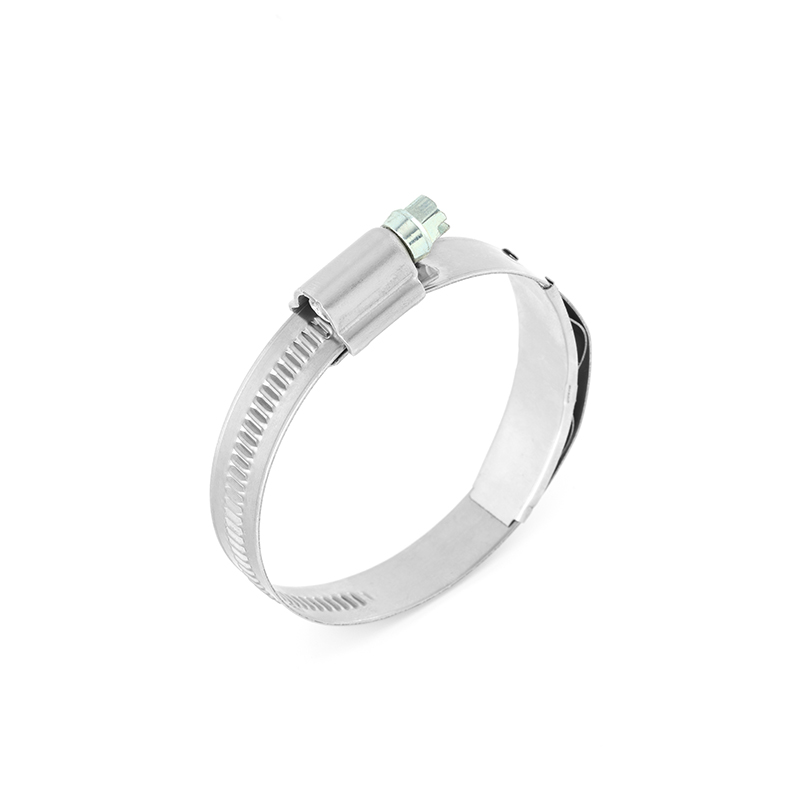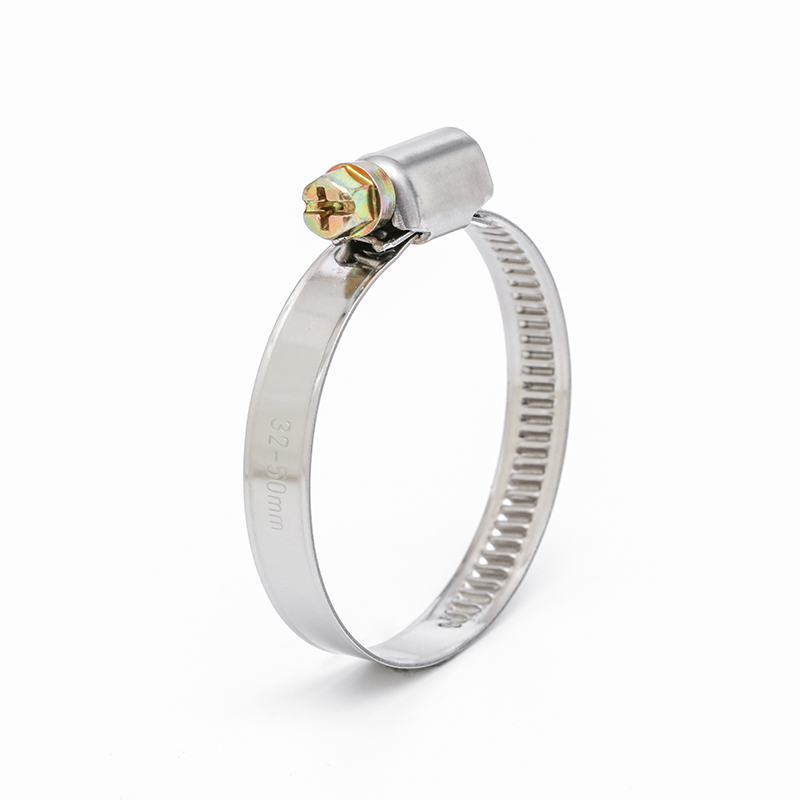When it comes to car maintenance, ensuring your vehicle's cooling system is operating efficiently is crucial. One of the often overlooked components of this system is the radiator hose clamp. Among the various types available, DIN 3017 stainless steel hose clamps stand out for their durability and reliability. In this blog, we’ll explore the importance of these clamps, their benefits, and why they’re ideal for radiator hoses.
Understand the DIN 3017 standard
DIN 3017 refers to a specific standard developed by the German Standardization Institute (Deutsches Institut für Normung). This standard outlines dimensional, material and performance requirements for hose clamps used in a variety of applications including automotive, industrial and piping. Designed to provide a secure and leak-proof connection, DIN 3017 clamps are critical for any system that relies on hoses, especially in high-pressure environments such as vehicle cooling systems.
Why choose stainless steel hose clamp?
Stainless hose clamps, especially those complying with DIN 3017, offer several advantages over similar products made of other materials:
1. Corrosion Resistance: Stainless steel is inherently rust-proof and corrosion-resistant, making it ideal for use in humid and high-temperature environments. This is especially important for radiator hoses, which are constantly exposed to coolant and changing temperatures.
2. Strength and Durability: The strong properties of stainless steel ensure that these clamps can withstand high pressure and temperature fluctuations without deforming or breaking. This durability is critical to maintaining the integrity of your radiator hose connection.
3. VERSATILITY: DIN 3017 stainless hose clamps are available in a variety of sizes and designs, making them suitable for a wide range of applications beyond radiator hoses. Whether you're working on an automotive, marine or industrial project, these clamps can meet your needs.
4. Easy to Install: Most stainless hose clamps are designed to be easy to install and remove. They often have a screw mechanism that can be quickly adjusted to ensure a tight fit without damaging the hose.
The Importance of Radiator Hose Clamps
Radiator hoses play a vital role in your vehicle's cooling system by carrying coolant between the engine and radiator. Secure connections are critical to preventing leaks, which can cause overheating and severe engine damage. This is where DIN 3017 stainless steel hose clamps come into play. By providing a reliable and tight seal, these clamps help maintain optimal coolant flow and pressure, ensuring your engine runs smoothly.
Choose the appropriate fixture
When selecting DIN 3017 stainless steel hose clamps for radiator hoses, consider the following factors:
- SIZING: Measure the diameter of your radiator hose to ensure you select the correct clamp size. A hose clamp that is too loose can cause leaks, while a hose clamp that is too tight can damage the hose.
- Material: While stainless steel is preferred for its durability, make sure the specific grade of stainless steel used is suitable for your application, especially if it is exposed to extreme temperatures or corrosive substances.
- DESIGN: Some clamps have additional features such as rubber linings that provide extra grip and prevent hose damage. Please consider your specific needs when choosing a design.
In conclusion
All in all, DIN 3017 stainless steel hose clamps are an essential component for anyone who wants to effectively maintain their vehicle's cooling system. Their corrosion resistance, strength and ease of installation make them ideal for securing radiator hoses. By investing in high-quality clamps, you can ensure that your vehicle operates efficiently and reliably, ultimately extending its lifespan and performance. Whether you're a DIY enthusiast or a professional mechanic, including these clamps in your tool kit is a smart decision for any automotive project.
Post time: Oct-26-2024


